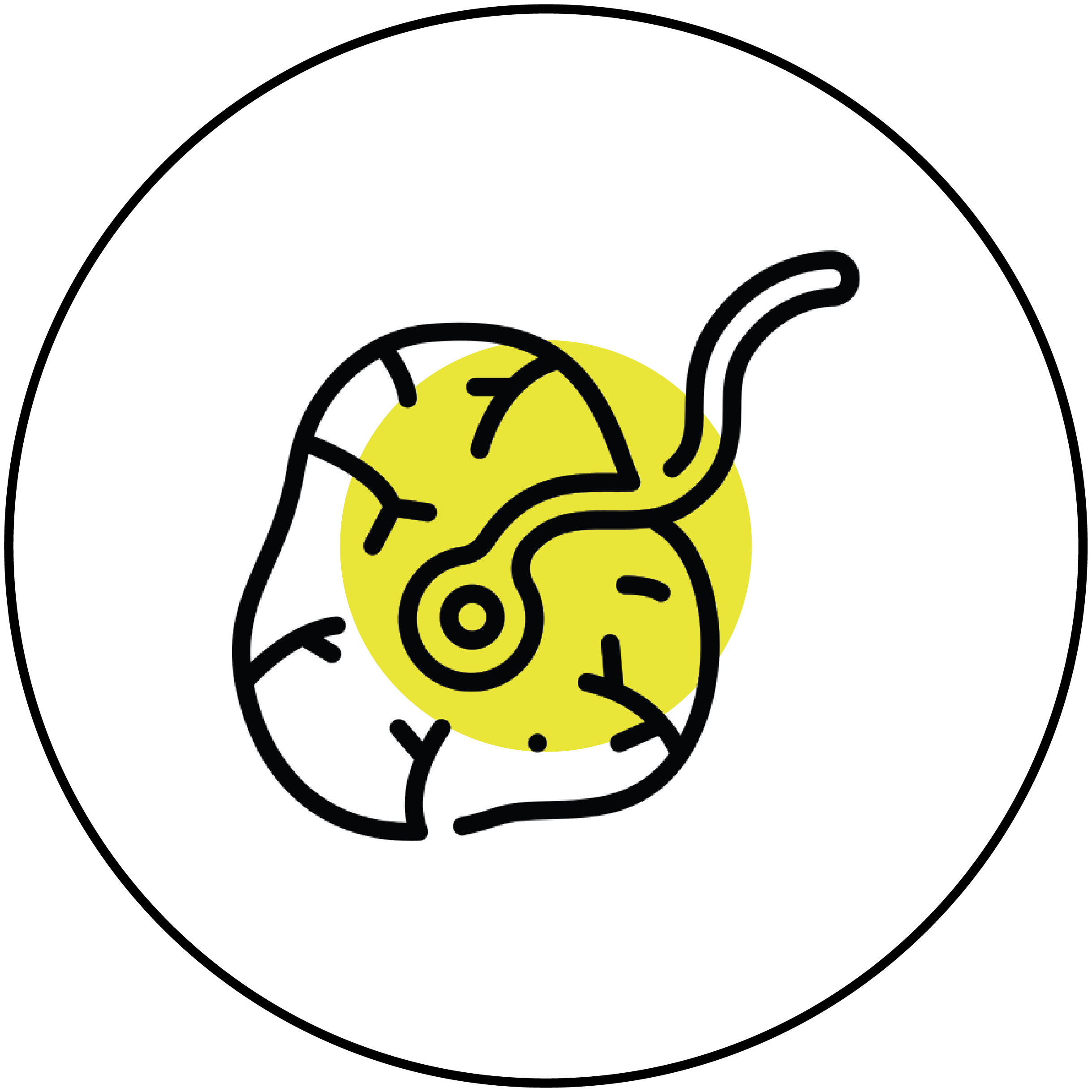
CHAMPS Methodology
How Champs works
“CHAMPS has investigated deaths in Bangladesh, Ethiopia, Kenya, Mali, Mozambique, Nigeria, Pakistan, Sierra Leone, and South Africa. In each country, CHAMPS investigators work with community and public health leaders to create study sites that encompass about 200,000 people. Community engagement is an important first and ongoing activity in each site to ensure that CHAMPS’ work is in harmony with local practices following deaths and that community members understand CHAMPS’ purpose and methods. Next, CHAMPS teams set up systems (i.e., mortality surveillance) to quickly identify stillbirths and deaths in children <5 years of age. When a death is identified, and if parents provide consent, CHAMPS teams collect a set of specimens from the deceased through a procedure called minimally invasive tissue sampling, or MITS. The samples undergo extensive testing and examination in local laboratories and are sometimes examined in reference laboratories. Study teams extract data from clinical records when available and talk to the family about the child’s illness using a standard approach known as verbal autopsy. All information and test results are reviewed by a panel of local clinical experts that assigns causes for each death, a process called Determination of Cause of Death, or DeCoDe. Sites also set up systems to track pregnancy care and outcomes (i.e., pregnancy surveillance) and the number of births and deaths in communities (i.e., demographic surveillance) to provide context for the stillbirths and child deaths enrolled in CHAMPS.”
OUR METHODS
CHAMPS Systems

Community Engagement
CHAMPS applies a continuous, community-centered approach that involves families, local leaders, and broader communities in all stages of CHAMPS. Engagement includes transparent communication about procedures, timely feedback of findings to families and communities, and active involvement in interpreting data and shaping local health responses when applicable. This ongoing process helps build trust, ensure ethical practices, and align CHAMPS activities with local values and needs. Engagement is not a one-time event, it is sustained throughout the lifecycle of CHAMPS work in each site.

Demographic Surveillance System (DSS)
CHAMPS conducts demographic surveillance to identify and track all pregnancies, births, deaths, and population numbers in each catchment area. DSS data provide context for how CHAMPS deaths can be interpreted relative to all deaths in each catchment area.

Pregnancy Surveillance
CHAMPS Pregnancy Surveillance aims to guide life-saving maternal and child health interventions by identifying all pregnant women in CHAMPS study sites and assessing their pregnancy outcomes. CHAMPS Pregnancy Surveillance helps with timely detection of stillbirths and neonatal deaths, assesses pregnancy, childbirth and healthcare-related factors that may affect outcomes for mothers or their babies, and serve as a platform for evaluation of interventions.

Mortality Surveillance
CHAMPS teams in each site work with community and hospital workers to identify stillbirths and child deaths. Families are approached for consent to participate in CHAMPS and, for deaths that are identified within 24 hours, CHAMPS teams request consent for collection of tissues.

DeCoDe
The Determination of the Cause of Death (DeCoDe) method uses a multidisciplinary panel of experts who assess information from the verbal autopsy, clinical abstractions (child and maternal), laboratory and pathology results, and any additional information CHAMPS gathers. The DeCode panel assigns causes of deaths using the WHO International Classification of Diseases.
Minimally Invasive Tissue Sampling
An alternative to autopsy for determining causes of deaths


Data and Specimen Collection
Data Collection
In addition to collecting tissue and body fluid samples, CHAMPS teams gather data from a range of sources that might help explain what happened to the child. These sources include the child’s clinical records, clinical records for the child’s mother for stillbirths and newborn deaths, and directly from the family through a technique called verbal autopsy.

Postmortem Exam

Anthropometric measurements
Each deceased child is weighed and measured (ie, arm circumference, foot length, and height) to look for signs of malnutrition or intrauterine growth restriction.

Photos
Photos are not included in datasets for distribution but are used locally by DeCoDe panels to aid in assigning cause of death. ‘Photos are especially helpful for diagnosing some congenital conditions.

Tissue Specimens
The MITS procedure includes a series of biopsies of key organs, allowing examination of body tissues in places where conducting full autopsies is not practical. Tissue collected through MITS undergo histological analysis assessing cellular changes and associated pathogens or etiology.

Brain
Collected from occipital, transnasal and/or fontanelle (if age appropriate) approaches.

Placenta
The placenta is examined and sampled for stillbirths and early neonatal deaths.

Lungs
Collected from both the right and left thorax. In addition to histological testing, separate aliquots of right and left lung biopsies are collected for PCR testing for infection using TAC.

Liver
Collected through one of the last three intercostal spaces, through the mid-axillary line 13. Non-Tissue Specimens “Other specimens undergo culture, real-time PCR for infectious pathogens using the Taqman Array Card (TAC) platform, and standardized testing for diseases like HIV, malaria, and TB.

Non-Tissue Specimens
Other specimens undergo culture, TAC, and standardized testing for diseases like HIV, malaria, and TB

Blood
Tests run: Culture, HIV PCR, Malaria rapid tests and smears, real-time PCR using TAC

Cerebrospinal fluid (CSF)
Culture, real-time PCR for pathogens using TAC

Stool
Tests run: TAC, GeneXpert TB

Nasopharyngeal/Oropharyngeal Swabs
Tests run: TAC

Laboratory Work
Tissue and body fluid specimens are submitted to CHAMPS’ labs for the following tests:
Real-time PCR using Taqman Array Cards (TAC)
a platform using customized multiplexed assay that tests for over 100 pathogens.
Standardized testing
Testing for diseases like HIV, malaria, and TB
Histopathology evaluation

Microbiology culture
Resulting Data
Data from each CHAMPS case are contained in five main files that are available for download.

Case Demographics
• Age, sex, estimated gestational age, and dates of birth and death are included.
• Additional information including body measurements, location of death, and duration of hospitalization are also available for each CHAMPS case.

Verbal Autopsy
This file includes information such as the family’s description of child’s symptoms, the location of death, etc. Additionally, the CHAMPS data dictionary contains the code legend for survey questions.

Laboratory Results
TAC results show which pathogens were detected for each specimen type. Below are the number of pathogen results for each specimen:
• Blood: 62 pathogens
• Lung: 47 pathogens
• Cerebrospinal fluid: 62 pathogens
• Rectal swab: 41 pathogens
• Nasopharyngeal/Oropharyngeal swabs: 47
pathogens

Histopathology and Clinical Record Data
• Histopathology evaluation of tissue specimens
• Medical findings and results from hospital visits

DeCoDe Results
• Immediate and intermediate (or morbid) causes of death
• Underlying cause of death
• Maternal health factors that contribute to perinatal death

Why CHAMPS Data are Unique
Combines careful testing and examination of post-mortem specimens with multiple other sources of information (verbal autopsy, clinical records) to determine the cause of death

0
Uses hospital and community surveillance as a foundation

0
Combines multiple sources of information (pathology, verbal autopsy, clinical records) to determine the cause of death

0
Refreshes monthly on our website and is available for immediate download on CHAMPSHealth.org
MORE INFORMATION
Understanding the Data






